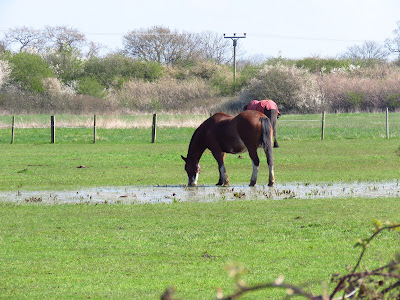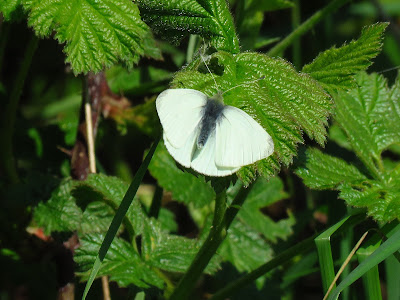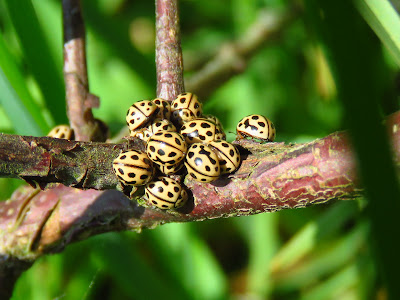A sunny, cool day with a light North Easterly wind. I head to Willerby Carr and Wood Lane via the Setting Dyke. I'm keen to see ancient woodland flowers at Wood Lane. I have no luck with Water Voles in the dyke.
Greenfinch singing from one of the mature oaks by the Setting Dyke.
The entrance to Children's Wood.
Willerby Carr Farm.
I meet a local naturalist at Wood Lane, and while we talk, a skein of Pink-footed Geese flies over north to their Icelandic breeding grounds. It feels late to see them migrating!
It is warm in the shelter of sun-facing hedges, and butterflies are out, with Speckled Wood, Peacock, Comma, Small Tortoiseshell, Small White and Brimstones seen, all but Small White in some numbers, particularly Brimstone. More Dark-edged bee flies that I can record too. The cool easterly breeze meant there was plenty of basking, even the usually elusive male Brimstones!
























2 comments:
What a multitude of butterflies you've got already. Far fewer here so far. But it seems to be a good year for Dark-Edged Bee Flies (though bad news for the mining bees they prey on).
I've been surprised by the diversity and the numbers this spring. It has been a late spring, very cold and windy to start with, so they appear to have all come out en masse! The bee flies might be parasitic, but they are indicators of healthy solitary bee populations.
Post a Comment